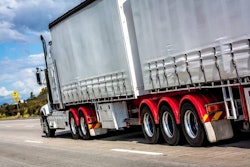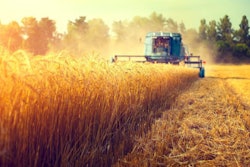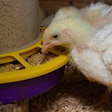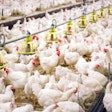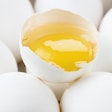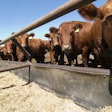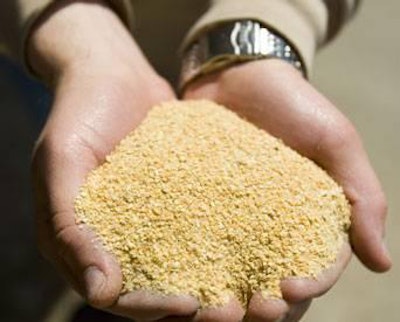
A balance must be found between natural protein sources and feed-grade amino acids
During the past few decades, nutritionists in the Western world have been taught to feed low-protein diets, especially when it comes to poultry and pigs. The current trend to reduce antibiotics and other gut health-promoting agents (like coccidiostats and zinc oxide) have only increased the pressure to lower dietary crude protein. But, as with everything else, there is a point where we need to stop and reconsider our ways. So, it is perhaps beneficial to re-examine why we wanted low-protein diets to begin with.
The first reason is because excess protein ends up in manure, and this is a real problem, especially with monogastric animals, which cannot store excess protein that is not properly balanced (ideal protein), or recycle part of the excess nitrogen as is the case with ruminants. However, this was and remains a need for countries with limited land to grow arable crops. In contrast, it makes little if any sense for areas where corn, for example, is grown every year and farm animals are raised nearby. As we all know, corn is a nitrogen-hungry crop, and animal producers who also grow corn can place a real monetary value on nitrogen-rich manure as they must buy nitrogen fertilizer or rotate corn with soybeans to naturally enrich the soil with nitrogen. I have also seen a renewed interest in manure as a fertilizer now that chemical fertilizers have become too expensive or simply difficult to procure.
The second reason is the availability and cost of feed-grade (also known as synthetic) amino acids. As we lower dietary crude protein, we remove soybean meal (and other natural protein sources), while we increase the level of feed-grade amino acids to keep animals growing fast and efficiently. At some times, these amino acids were priced below their relevant cost of soybean meal, but today, this is not always the case. Again, with the continuing global crises coming one after the other, the logistics of procuring feed-grade amino acids from abroad is often a real obstacle. In many cases, feed-grade amino acids have already become too expensive, simply unavailable, sometimes unreliable when resourced from obscure suppliers, or even undesirable when the supply is disrupted for too long.
At the end, a balance between soybean meal (and other natural protein sources) and feed-grade amino acids should be found so that we do not depend entirely on either source.



